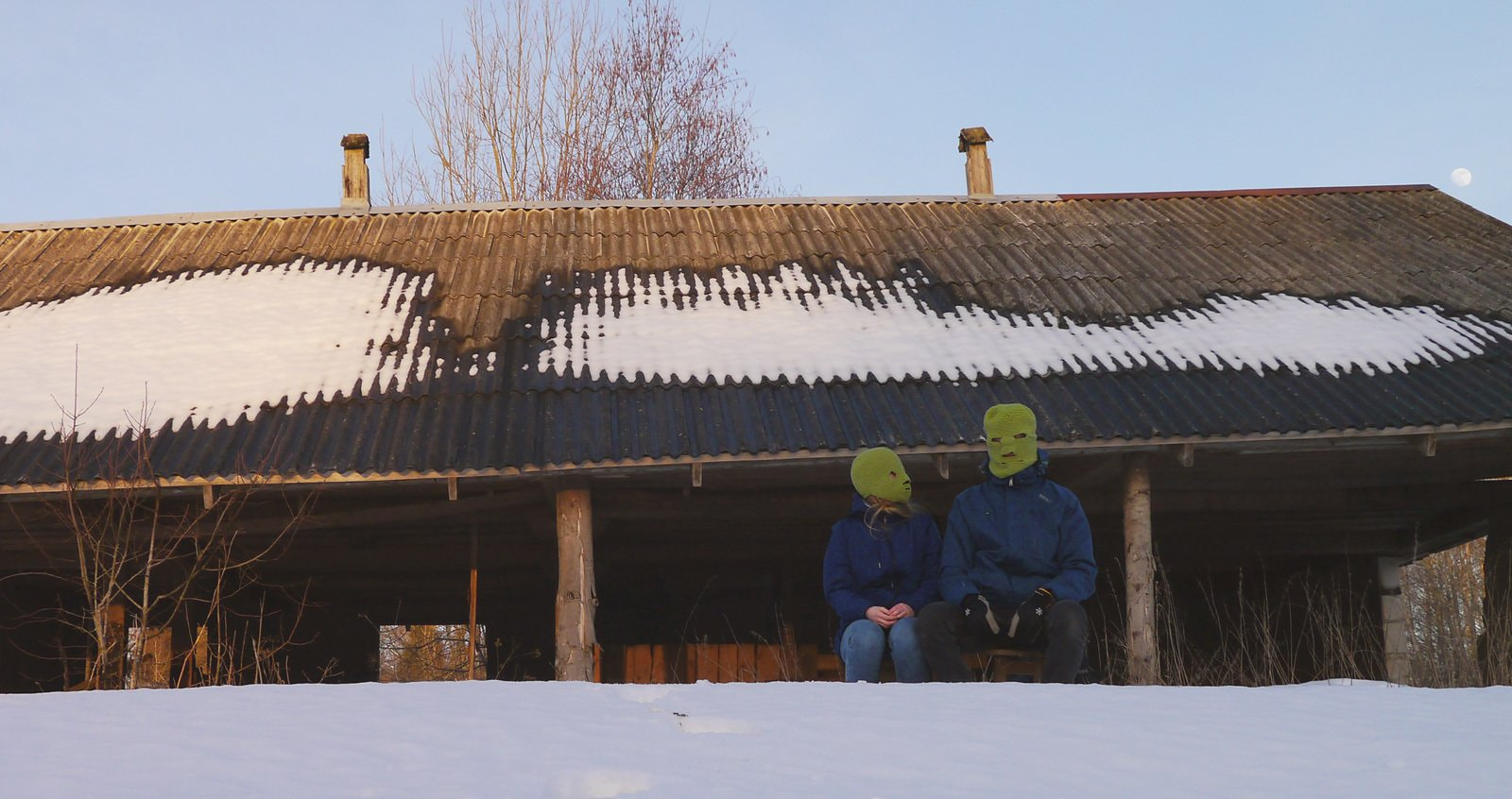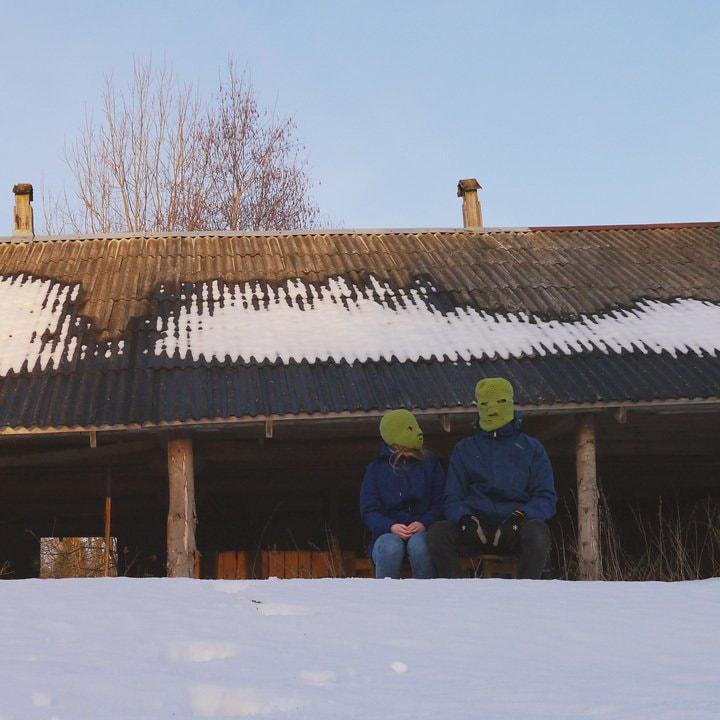The Latvian artist’s installation allows the viewer to see the exhibition space from new angles and create their own wardrobe in the process.
In his book Homo Ludens, Johan Huizinga writes that “[…] culture arises in the form of play […] it is played from the very beginning […] [Civilization] arises in and as play, and never leaves it.”
The implementation of game strategies in a museum setting allows it to be seen as a platform for discussing the issues of identity, social norms, and interaction. Art and games help us to stand aside from everyday life in order to observe and question, and in this sense the museum becomes our own symbolic wardrobe for an exciting investigation into who we are.
By introducing the element of play and with the wardrobe as a symbolic guidebook for this play, Vigdorčika invites the visitors to interact with the various objects in the wardrobe—to create and uncover different narratives, learn the rules and at the same time question them, to look at a wardrobe as a carrier of a particular culture or personality, unwritten social norms and their adoption in the ever changing environment.
In virtually every culture we can find signs of games and toys, and most of these artifacts were meant to educate children and adults about norms and regulations within a community, encourage social interaction and build relationships, as well as foster imagination and creativity. Artist Linda Vigdorčika looks at wardrobes as “carriers of a piece of these civilizations. Historically, in different cultures the wardrobe (in its broader sense) has been a place for storing not only our clothes but also some other beloved artifacts of certain traditions and memories. Most of people have that memory of wanting to explore and play with their parents’ wardrobes—to try out different types of garments which oftentimes are associated with particular rites and rituals and various imagined stories. But it’s not only about clothes—in the corners of those wardrobes might be a secret box with things passed down from previous generations. From small trinkets and family recipes to a loved toy, it’s packed full of carefully curated autobiographies of who we are.”

